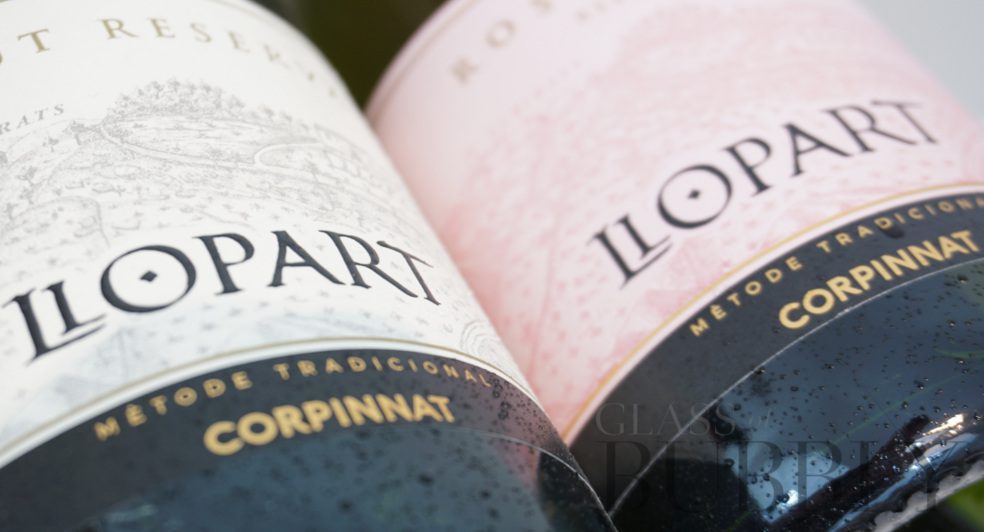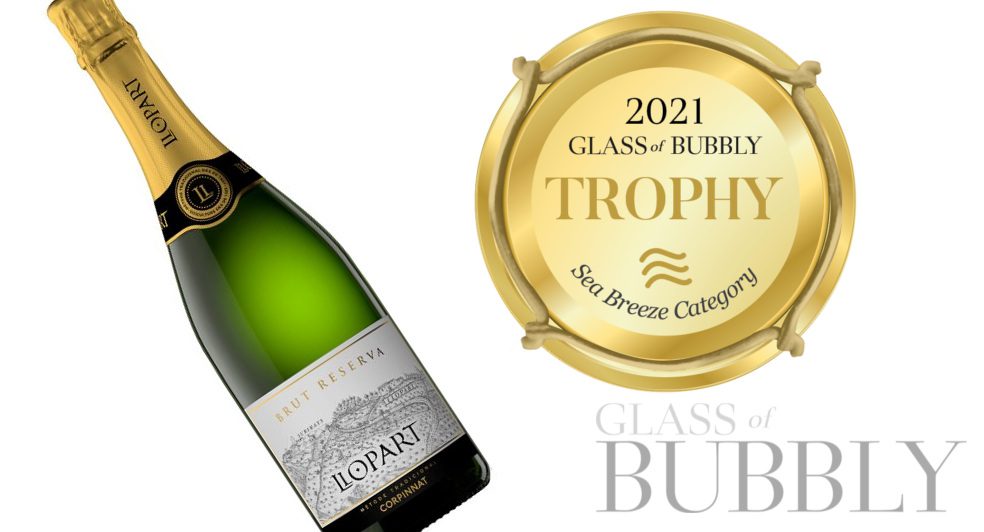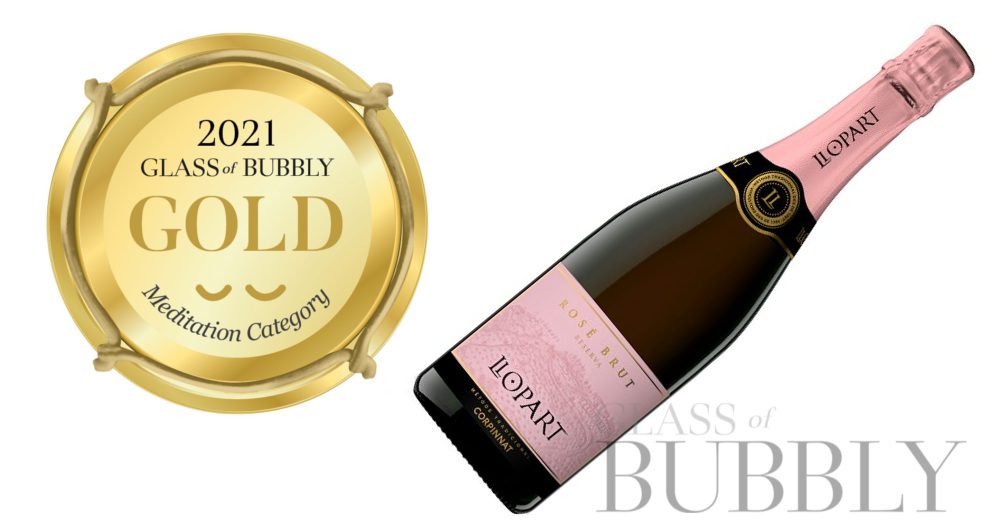A Spanish Sparkling Wine with over 600 Years of History – Llopart
21st January 2022

The production of wine has a long and sometimes mysterious history with its birthplace somewhat debated though, Georgia from c. 6000 BC is referenced as being the first recorded location for the practice of turning grapes into wine!
History of Cava / Spanish Sparkling Wine
“The roots of the Cava industry can be traced back to Josep Raventós’s travels through Europe in the 1860s, where he was promoting the still wines of the Codorníu Winery. His visits to the Champagne wine region sparked an interest in the potential of a Spanish wine made using the same traditional method. He created his first sparkler in 1872 after the vineyards of Penedès were devastated by the phylloxera plague, and the predominantly red vines were being replaced by large numbers of vines producing white grapes.” source Wikipedia
Of course, wine production in Spain existed well before the recent few centuries, the wine-growing culture is stated to have been founded around 1100 BC (grapes were first cultivated sometime between 4000 and 3000 BC).
Still wines were the only style produced until the famous discovery of bubbles. Dom Pérignon leads the romantic story behind the realisation that wine can be sparkling (1697 Champagne) though back across the channel to England Christopher Merrett beat him to the challenge some 30 years prior (1662 he documented the process of adding bubbles to wine). The lesser known and credited fact is that more than 100 years prior to them both in 1531 it was Benedictine nuns (Saint Hilaire Abbey) next to Limoux that held the secret of bubbles which was the process of a second fermentation of the wine in a bottle.
So where does Cava fit in? From 1872 and the introduction of sparkling wine to Spain work was underway to copy the success of Champagne and following the wave of the phylloxera plague regions saw many red grape vines being replaced with white increasing productions of dry white sparkling wine). Much progress from then to where we are today that Cava (was once formally referred to as Spanish Champagne) has its own designated wine growing regions under Spanish law: Aragon, the Basque Country, Castile and León, Catalonia, Extremadura, Navarra, Rioja and the Valencian Community (over 90% of Cava is made in Penedès wine region in Catalonia).
What about the grapes and production method? The three main grape varieties used are Macabeu, Parellada and Xarel·lo. The production method is the same as that of Champagne, the traditional method (método tradicional).
Llopart since 1887
In amongst all this tradition and history sits one of the more famed former Cava (since 2015 they renamed themselves to Corpinnat) producers – Llopart. With its sparkling wine commencement back in 1887, it is one of the older generations of producers and today offers a wonderful, multi award winning, selection of delicious sparkling wine labels.
Llopart is one of the nine producers in the Corpinnat group that have broken away from Cava. Corpinnat roughly means ‘rocky heart’ which describes this area well. Their aim is to distinguish from Cava the sparkling wines made in the heart of the Penedès from 100% organic grapes harvested by hand and entirely vinified on the premises of the winery.
“According to a document written in Latin and dated 1385, a Llopart family’s ancestor, Bernardus Leopardi, was granted some vineyards located in the present country estate Can Llopart de Subirats.”
A family winery that is located at 08739 Subirats – Barcelona. They are open for public visits (Riserva & Leopardi Tours) as well as tastings and special hire tours that include glamping. You can find out more about the terroir to include the micro-climate values of Llopart Winery here.
At the 2021 Champagne & Sparkling Wine Awards in London Llopart achieved an incredible Gold Medal and Trophy for their two wines Brut Reserva & Rosé Brut.

Llopart Brut Reserva
Llopart Brut Reserva – Tasting notes: “Green pear, lemon / lime zest, white rose petals, minerals on the nose. Flavours are rich and refreshing. Green apple, minerals, citrus, touch of flaky pastry, yeast / dry bread in flavours.”

Llopart Rosé Brut
Llopart Rosé Brut – Tasting notes: “Raspberry, creamy red currant, strawberry pastry and red apple skin on the nose. Dry and crisp initially with a growing silky red berry fruit presence and a more strawberry pastry with a touch of saline at the close.“
![]()
Christopher Walkey
Co-founder of Glass of Bubbly. Journalist and author focused on Champagne & Sparkling Wines and pairing them with foods.
